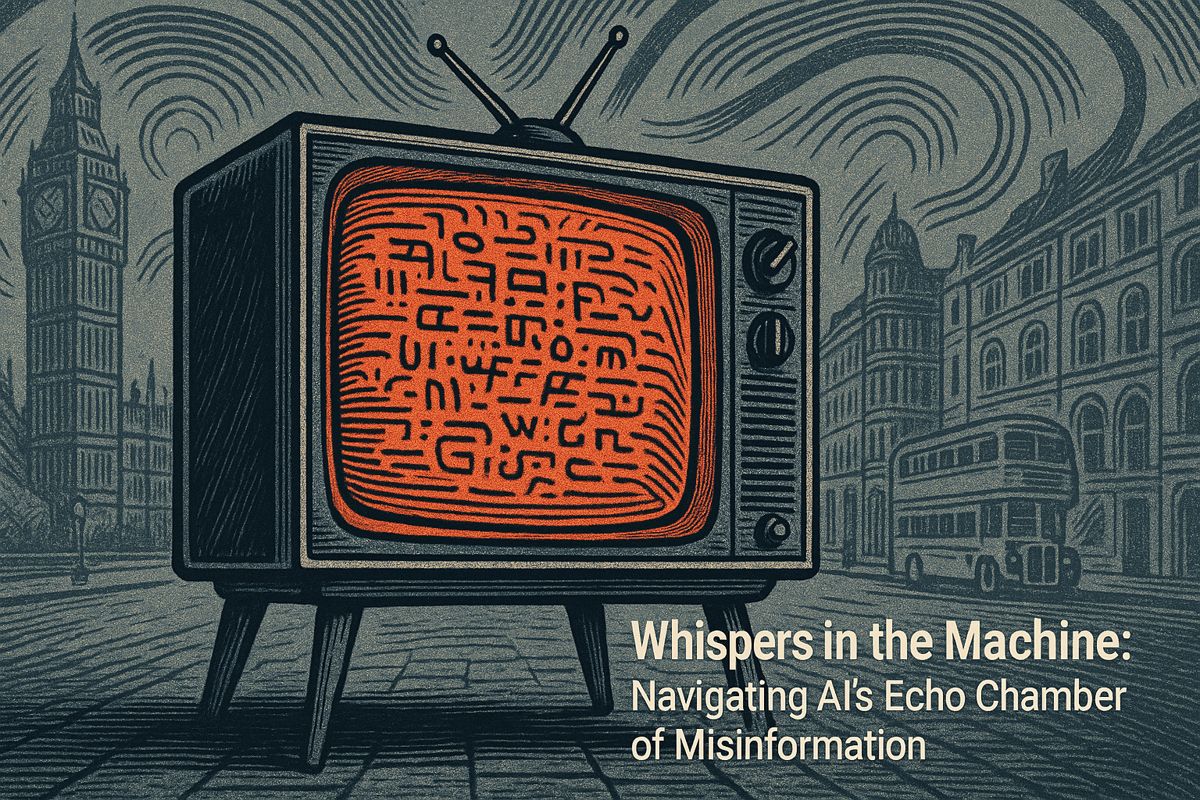AI governance is becoming essential for businesses because it builds trust, speeds up AI deployment, and helps make more money. Companies with strong AI ethics leadership and tiered risk systems fix problems faster, gain customer trust, and meet rules more easily. By matching different levels of checks and paperwork to the risk of each AI system, companies avoid more mistakes and work faster. Automation tools help catch issues early and keep everything in line with the rules. As a result, customers are happier and more loyal, giving these companies an edge over competitors.
Why is AI governance a strategic imperative for enterprises in 2025?
AI governance is crucial because it increases trust, accelerates deployment, and drives revenue. Companies with dedicated AI ethics roles and tiered risk oversight achieve faster compliance, fewer incidents, and higher customer loyalty – directly impacting scaling speed, safety, and measurable business outcomes.
- Chief Ethics Officers and Cross-Functional Councils Are Becoming Standard C-Level Roles*
Enterprises that have already embedded a Chief AI Ethics Officer and a 360-degree oversight board are moving faster from pilot to production than peers. IBM reports that companies with a dedicated senior role for AI governance cut time-to-compliance by 37 % and experience 31 % fewer model rollbacks.
| Maturity Indicator | Enterprises WITH board-level ethics owner | Enterprises WITHOUT |
|---|---|---|
| Audit-readiness for EU AI Act (Aug 2025) | 91 % | 42 % |
| Average incident-response hours | 6 hrs | 19 hrs |
| Employee trust in AI outputs (survey) | 78 % | 54 % |
Source: IBM enterprise guide to AI governance
- Risk-Based Tiers Replace “One-Size-Fits-All” Reviews
Instead of reviewing every algorithm equally, leaders now assign each system a tier (1–4)* tied to potential harm, data sensitivity, and number of affected users. - Tier 1 (low): automated spam filters
- Tier 2 (medium): chatbots in customer service
- Tier 3 (high): credit-scoring models
- Tier 4 (critical): clinical-decision support, facial recognition in policing
The rule: higher tiers trigger deeper bias audits, stronger documentation, and mandatory human-in-the-loop overrides.
-
Documentation That Scales With Risk*
A two-page model card is enough for Tier 1. Tier 4 systems require: -
40-page Model Fact Sheet
- Traceability matrix mapping every training dataset to a regulatory requirement
- Red-team logs showing adversarial test results
Correlation: enterprises that follow this tiered documentation model have 35 % fewer post-deployment incidents requiring system rollbacks.
- Technical Stack Checklist 2025*
| Capability | Tool category present in 78 % of enterprises surveyed |
|---|---|
| Real-time bias detection | ✅ AI observability layer (Open-source + SaaS hybrid) |
| Explainability dashboards | ✅ SHAP/LIME + vendor add-ons |
| Audit trail immutability | ✅ Blockchain-backed logs or WORM storage |
| Model cards auto-generated from CI/CD | ✅ GitHub Action + Jinja templates |
- Automation Drives Continuous Compliance
Instead of waiting for quarterly audits, companies run policy-as-code * rules inside their MLOps pipelines. Each pull request triggers:
- Static bias tests via open-source libraries
- Auto-creation of updated risk tier label
- Slack alert to ethics board if thresholds are crossed
Result: IBM clients using watsonx.governance report reducing manual governance effort by 54 % while still passing regulator spot-checks.
-
Customer Trust = Measurable Revenue Edge
In a 2024 consumer survey cited by Workday, 63 % of respondents said they would switch brands if a company’s AI practice felt “secretive or unfair.” Enterprises that publish transparent governance policies saw Net Promoter Score jump by an average of 11 points* within a single fiscal year. -
Quick Wins for 2025 Budget Planning*
-
Create a Minimum Viable Governance (MVG) sprint – 2 weeks to map every AI use case to a risk tier using ModelOp’s 2025 playbook
- Spin up a “Red Team Friday” – monthly internal adversarial testing session; logs become evidence for regulators
- Sign the G7 Code of Conduct – voluntary step that already satisfies 60 % of upcoming ISO 42001 controls
By treating ethics as product infrastructure rather than a legal checkbox, enterprises are converting governance overhead into a strategic accelerator – faster launches, safer scaling, and higher customer loyalty.
How does AI governance translate into measurable business outcomes?
Companies with mature AI ethics programs report 35% fewer incidents requiring system rollbacks and achieve faster market launches because they catch ethical or quality issues before customers ever see the product. IBM’s 2024 survey of 2,000 global enterprises found that robust governance frameworks create a “trust dividend”: high-trust organizations release new AI features 2.5x more frequently than low-trust peers, directly accelerating revenue growth.
What does a real-world governance structure look like in 2025?
IBM’s watsonx.governance deployment illustrates the blueprint:
- Risk-tiered oversight. Every use case is scored and routed to one of four risk tiers; high-impact systems undergo extra fairness, explainability, and bias tests.
- Cross-functional committees. Legal, privacy, security, technology, and business stakeholders meet weekly in a Center of Excellence that owns go/no-go decisions.
- Regulatory pass-through. Because watsonx.governance is mapped to NIST AI RMF controls and EU AI Act articles, IBM clients automatically collect the evidence regulators demand, cutting audit prep time by 60%.
How are technical teams actually embedding governance into AI pipelines?
Leading enterprises treat governance as code:
- Observability-first builds. Platforms like Dynatrace and Coralogix stream 5-10 TB of telemetry per day, flagging drift or bias in real time.
- Automated remediation. When a credit-scoring model shows demographic skew, an automated workflow retrains the model, reruns fairness tests, and blocks promotion until thresholds pass.
- Documentation bots. AI-generated provenance logs satisfy EU AI Act documentation rules without manual work, freeing data scientists for innovation.
What common pitfalls slow down AI governance adoption?
- Role ambiguity. Only 9% of organizations have fully mature governance; the rest struggle because it is unclear who owns model risk (privacy, security, or product teams).
- Skills gaps. More than 50% of enterprises cite talent shortages as the top barrier to observability maturity.
- Fragmented tooling. Reactive, siloed monitoring increases mean time-to-resolution by 3-4x compared with unified platforms.
Which emerging trends will define governance strategy through 2026?
- Minimum Viable Governance (MVG). Instead of boiling the ocean, teams deploy a lightweight control set that covers compliance basics and scales as regulations evolve.
- Agentic AI governance. Next-gen systems use AI to monitor AI, predicting failures and firing pre-emptive remediation scripts before humans notice.
- Trust dashboards. Customer-facing portals let users see model cards, fairness metrics, and audit results, turning transparency into a competitive differentiator.
Bottom line: in 2025, AI governance is no longer a compliance checkbox; it is the accelerator that lets enterprises ship faster, safer, and more profitably.



















